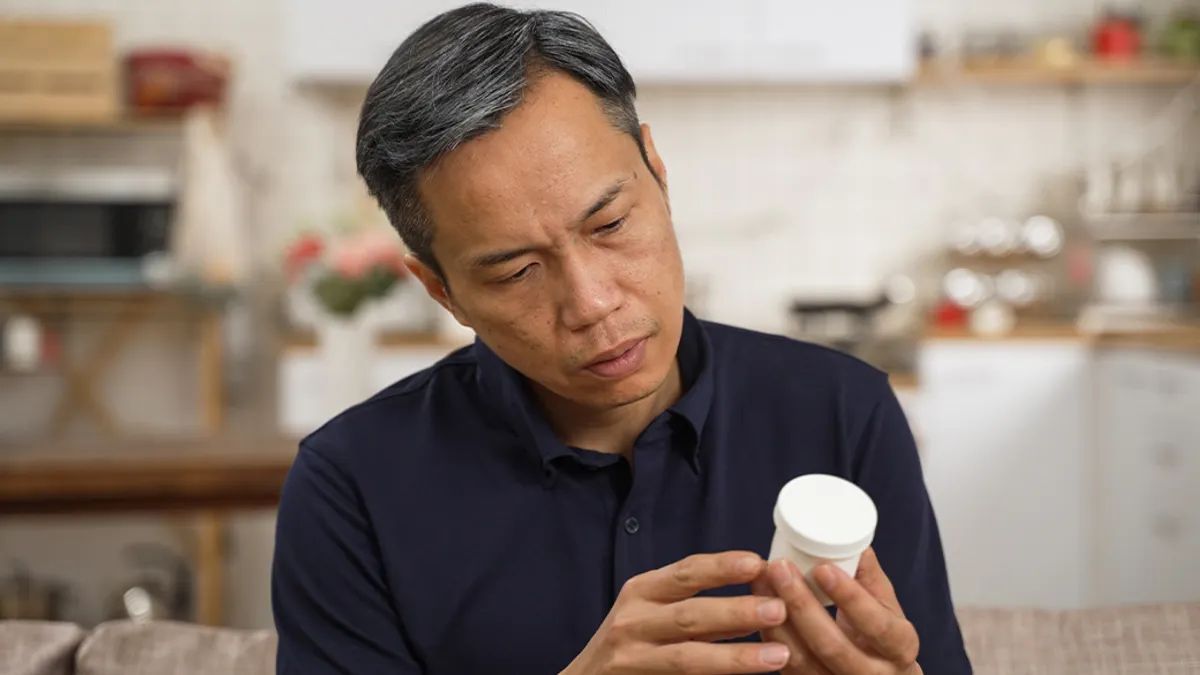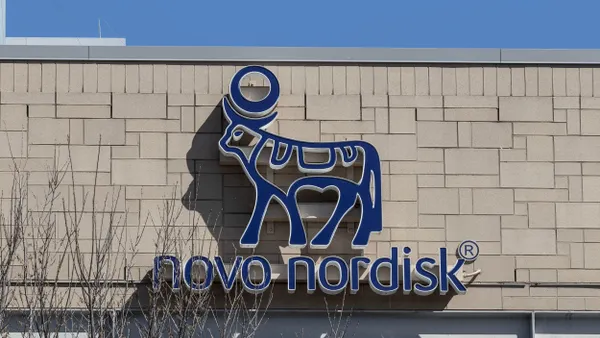Medication adherence is critical for patients to effectively manage diseases. But an alarming number of patients are not reliably filling their prescriptions, according to research from Phreesia. In fact, one in five patients report not filling a prescription in the past, with 40% of those patients not picking up newly prescribed medications and 37% failing to refill a current prescription.
That nonadherence is costly to both patients and the healthcare system. Up to 69% of medication-related hospital admissions are due to poor adherence, and nonadherence costs the U.S. an estimated $100 billion to $300 billion each year.
Clearly, patients face obstacles that prevent them from filling their prescriptions and staying on them as directed—but it’s not always easy to understand what those hurdles are. Engaging patients as soon as a medicine is prescribed can uncover the reasons behind medication non-adherence so patients can be matched with resources aimed at helping them to successfully start and stay on a new medication.
Treating medical conditions “can involve various challenges that are often unique to the patients’ individualized experience,” said Matteo Trotta, Executive Vice President and General Manager, U.S. Dermatology at Incyte. They include insurance hurdles, confusion about the importance of compliance and long-term adherence and limited access to transportation.
But digital tools can help, both by surveying patients to identify barriers to filling prescriptions so that physicians can address them immediately, and by connecting patients with relevant education and support.
Many of the hurdles that patients face center on a lack of understanding of their disease and of the treatments they are prescribed. One-quarter of patients walk out of medical appointments without a full understanding of what to do next, Phreesia’s research found, and nearly one-third (29%) of patients lack confidence in managing their illness.
Engaging with patients early is key to addressing these barriers and helping them adhere to their medications. For example, a Phreesia survey found that 28% of migraine patients who tried a preventative medicine but stopped taking it did so because they were concerned about side effects. But 36% said getting information about how migraine-prevention medications work would be most helpful in getting them comfortable with their prescriptions.
Incyte’s approach is to be deeply ingrained within the patient communities it serves to anticipate patients’ concerns so the company can address them early in the treatment process. “We do this by regularly engaging with the patient community to hear directly some of these challenges and provide resources to address those needs, where possible,” said John Krukiel, Division Vice President, U.S. Sales and Marketing at Incyte. For certain complex and chronic conditions, such as nonsegmental vitiligo, the company offers a range of resources, including journaling tools that patients and doctors can use to spark productive discussions during appointments and assess progress over time.
Digital engagement can also help identify cost concerns and connect patients with financial solutions when they’re thinking about their prescription and in a position to act. Incyte, for example, maintains a dedicated website for patients with vitiligo that offers resources like copy assistance cards and help obtaining prior authorization from insurers.
“Anyone navigating a chronic disease will tell you that the experience is truly a journey. There are highs and lows as patient needs and treatment landscapes evolve over time,” Trotta said. “While we’ll never be able to address every challenge, it is our responsibility to be a part of the community and use our resources to help in individualized ways wherever appropriate.”










